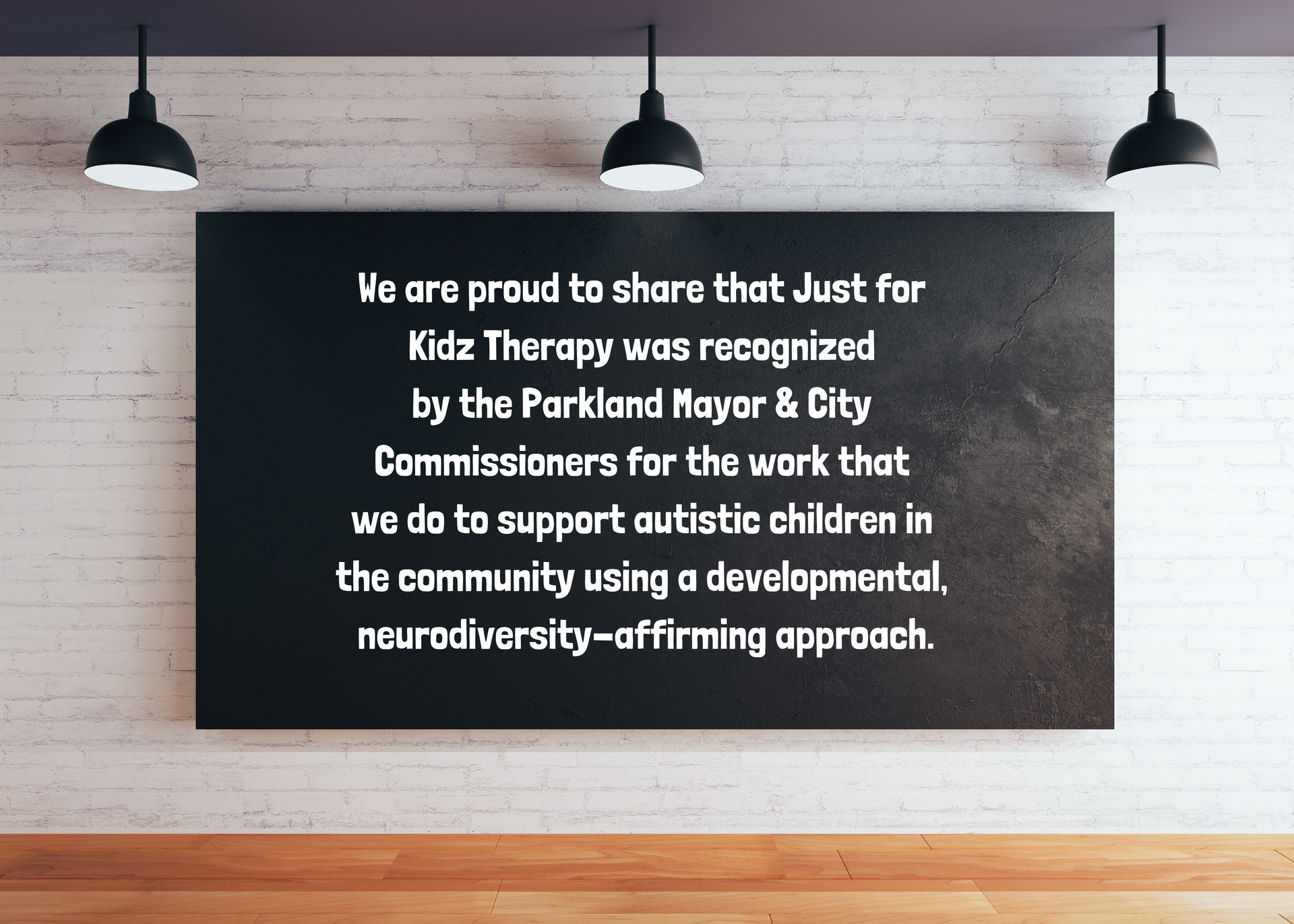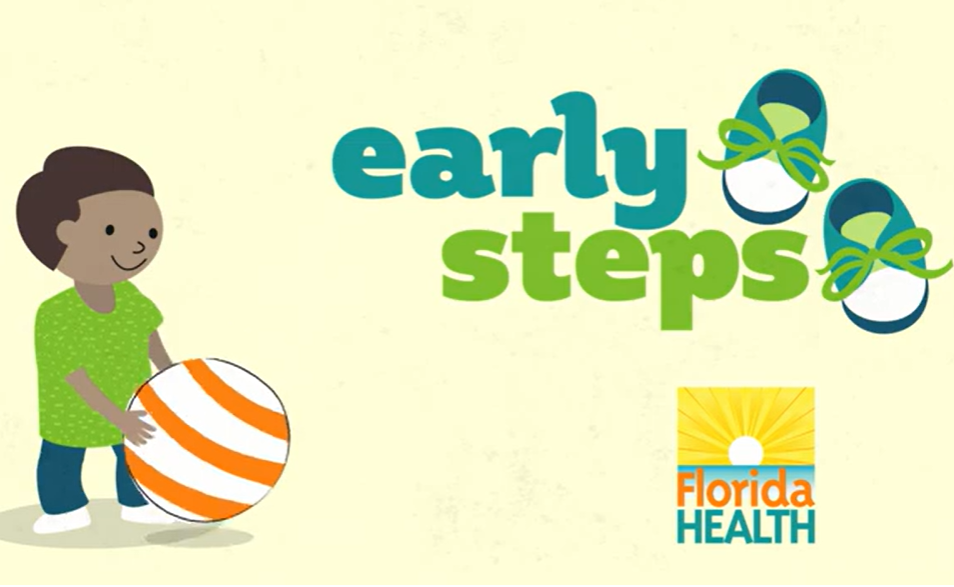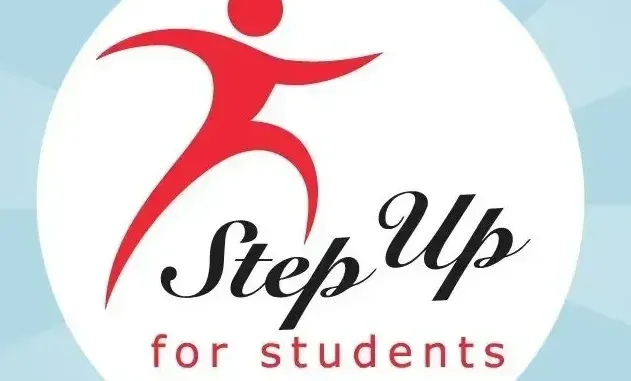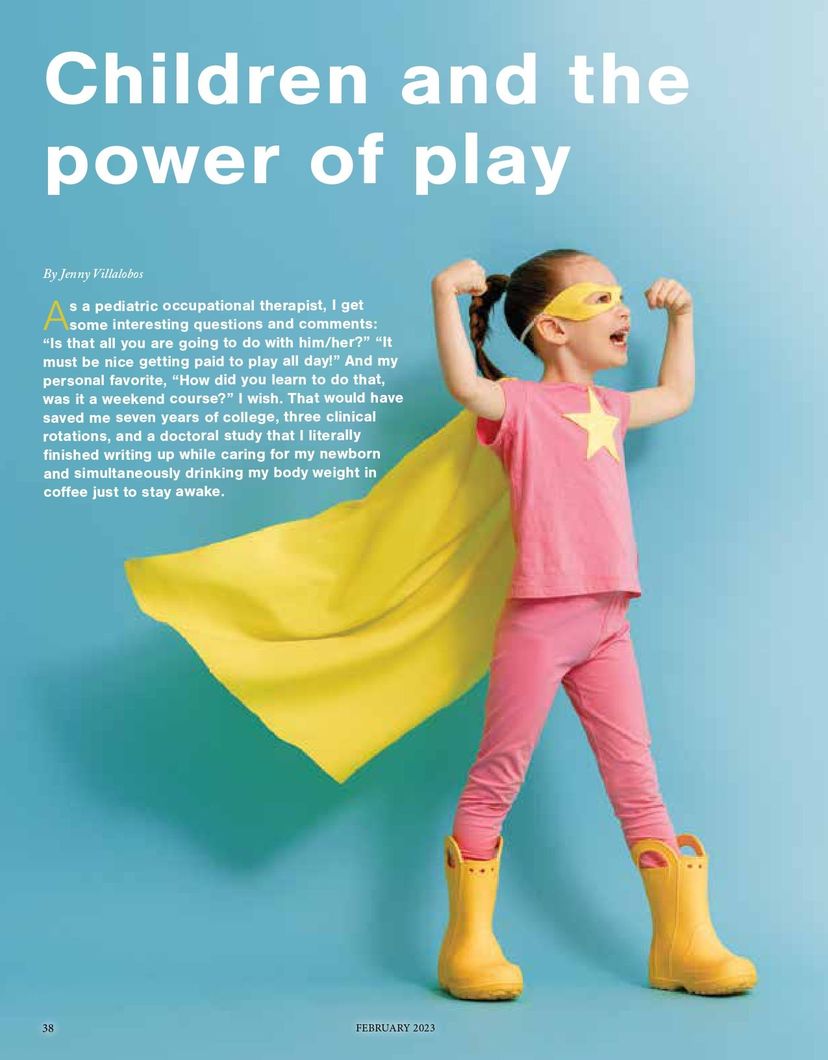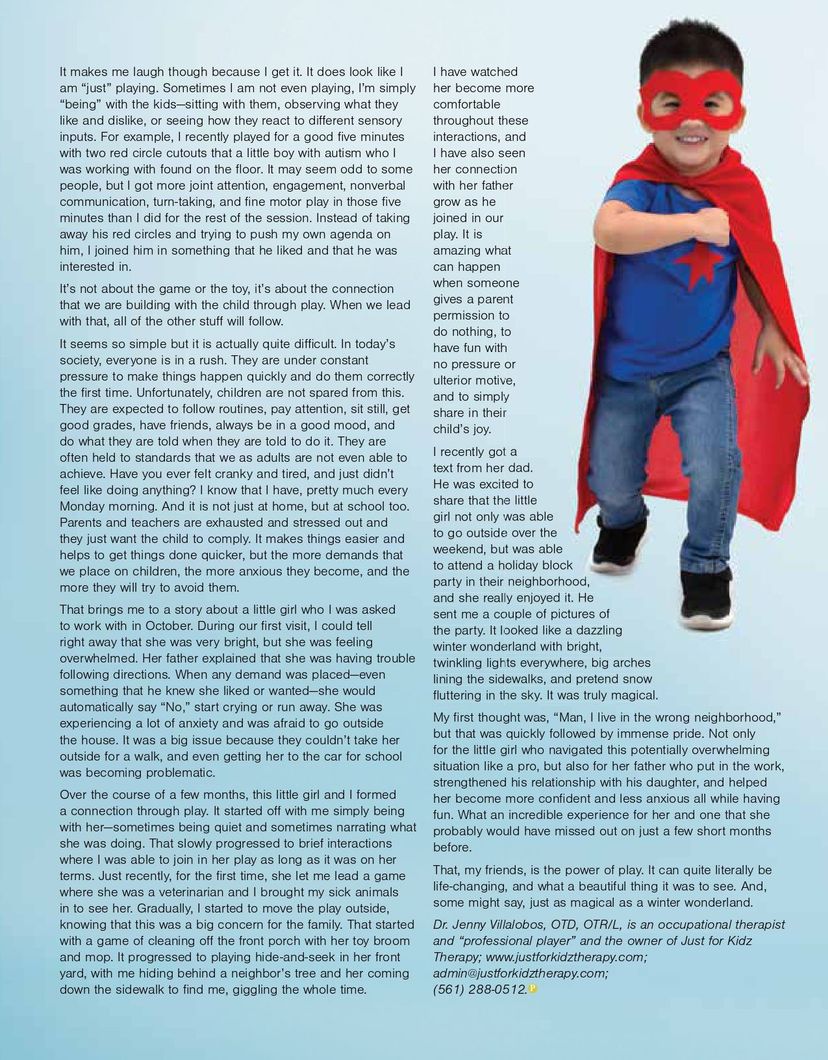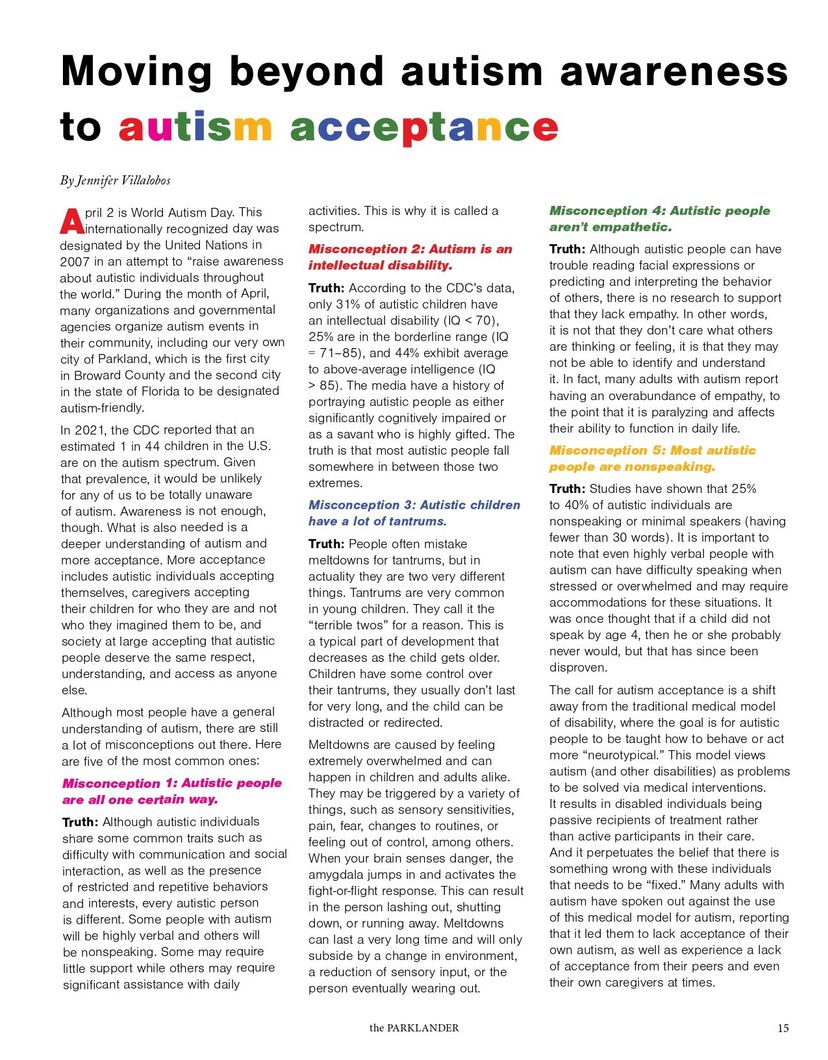Jenny has been practicing in pediatrics for 20 years. She attended Florida Gulf Coast University and Rocky Mountain University of Health Professions were she obtained a post-professional Doctor of Occupational Therapy degree in 2011. Jenny is a certified Autism Spectrum Disorder Clinical Specialist and a certified ADHD- Rehabilitation Services Provider. Her areas of interest include: Sensory Processing, Childhood Development, Early Intervention, Autism, ADHD, Neurodiversity, Evidence-Based Practice & Self Regulation. She enjoys learning new techniques & approaches to continue evolving as a practitioner. Having personal experience with neurodiversity, she is passionate about providing quality care to neurodivergent children and their families. Jenny opened Just for Kidz Therapy in 2021 because she saw there was a need for better, more holistic care for children with developemental delays or disabilities.
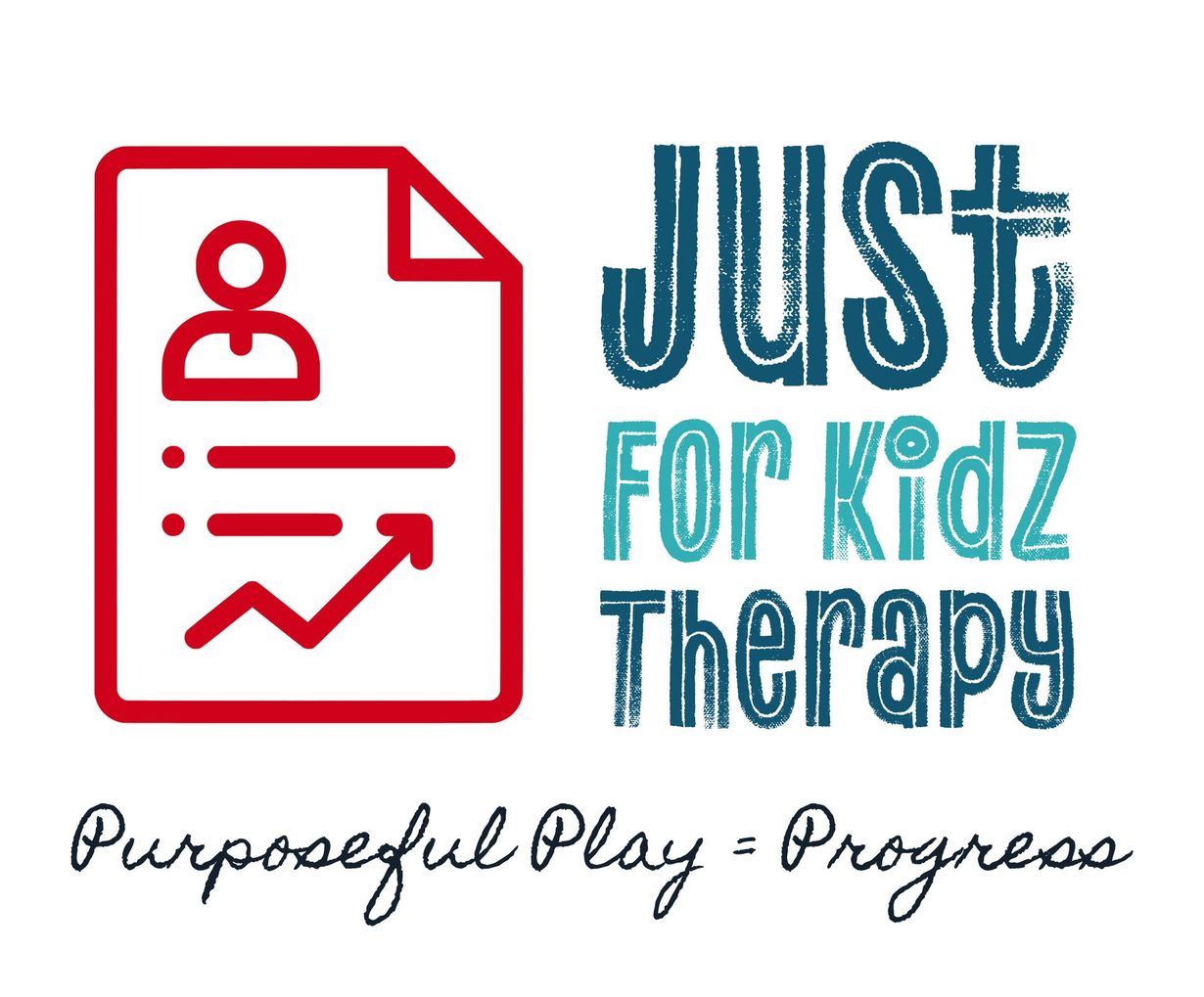
Contact Us
Office #: (561) 288-0512
Fax #: (561) 962-1551
referrals@justforkidztherapy.com
admin@justforkidztherapy.com
About Us
Welcome to Just for Kidz Therapy, where purposeful play = progress! Just for Kidz Therapy is the solo practice of Dr. Jenny Villalobos, OTD, OTR/L, ASDCS, ADHD-RSP, licensed Occupational Therapist, certified Autism Spectrum Disorder Clinical Specialist and certified AHDH-Rehabilitation Service Provider. Jenny currently serves children 1-12 years old in Parkland, Coconut Creek, Coral Springs & Deerfield. All therapy occurs in the child's natural environment- either home, school, or in the community (i.e. public library).
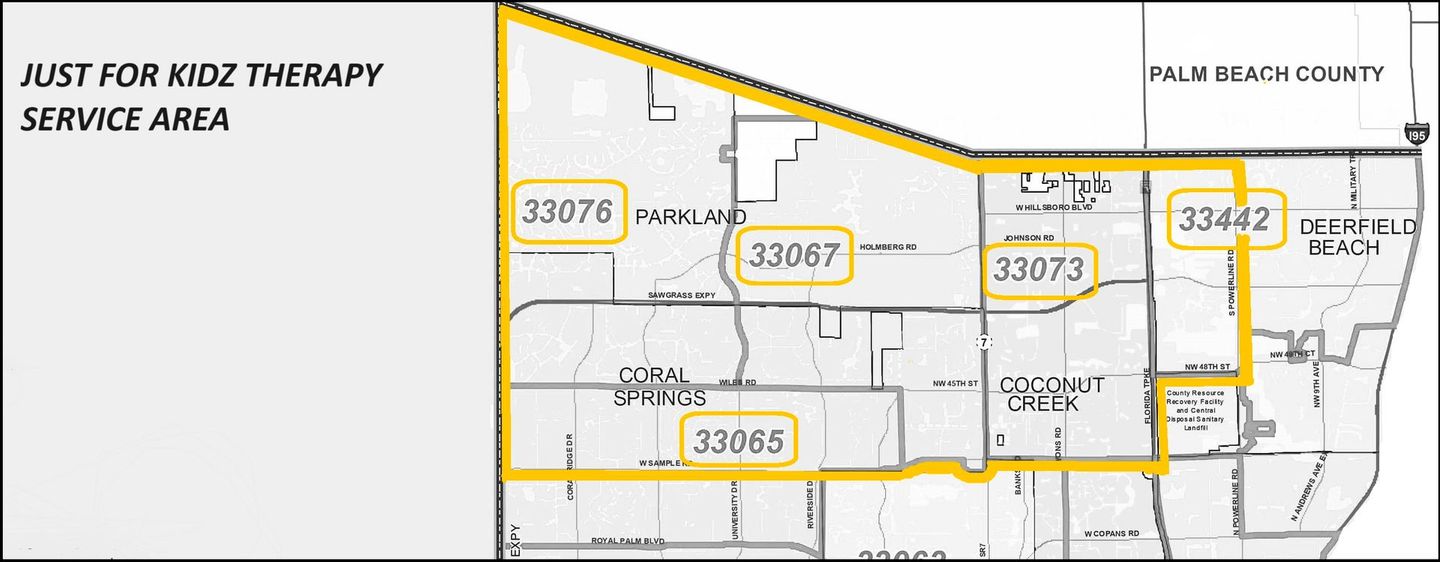
Approach to Therapy
Just for Kidz Therapy's mission is to provide high quality therapeutic intervention focused on facilitating improved engagement, communication, physical, and social-emotional development so that our clients and their families can participate in meaningful activities together and enjoy their relationships more.
Jenny's play-based, developmental, relationship-based approach is what sets Just for Kidz Therapy apart from other local practices. She uses skilled therapeutic interaction and gentle guidance to facilitate improved regulation, social skills, motor skills, communication, and higher level cognitive skills such as problem solving, imagination & reasoning. She does this by joining the child in their interests in order to lay the groundwork for a safe, respectful & supportive relationship. Simultaneously, she identifies the child's individual differences (i.e. sensory sensitivities, motor skill challenges, anxiety) and tailors the experience to support them. For example, if a child is becoming overstimulated Jenny may use a softer tone of voice, speak slower, or position herself a few feet away to respect the child's need for personal space.
Once a solid therapeutic relationship has been established, she harnesses it to provide systematic challenges that facilitate the child's development from the bottom up. This is done by pushing the child just outside of their comfort zone without it becoming so frustrating that the child becomes agitated or feels defeated. In the OT world, this is referred to as providing the "just right" challenge. Jenny's goal is never to gain compliance or to simply have the child complete a set of assigned tasks, but rather to promote their development as closely as possible to any other typically developing child while providing just enough support for them to feel successful. By creating a fun, safe, and supportive environment, she provides the child an opportunity to try new things and to practice difficult tasks that they might otherwise avoid.
Jenny is committed to providing neurodiversity-affirming care. This is accomplished by:
- ENCOURAGING one's strengths; not only focusing on their challenges
- CONSIDERING how one's individual differences affect their performance
- IDENTIFYING any barriers (environmental or personal) to participation
- CREATING a supportive sensory environment
- MEETING kids where they are at; developmentally
- PRESUMING competence (the assumption that the child can improve/gain skills)
- HONORING all forms of communication (verbal, AAC, signs, gestures)
- RESPECTING kids bodily autonomy & right to say "no"
- CELEBRATING all accomplishments no matter how big or small
- ADVOCATING for people with disabilities & their right to have access to the supports they need in all environments
Now offering caregiver & me classes for babies, sensory-focused playgroups for toddlers, and social groups for children & teens!!
For more information on our groups, please check out our sister company at
Our Team
Hours & Closures
Regular Hours
Monday: Office Work/Billing
Tuesday: 9:00am to 6:00pm
Wednesday: 9:00am to 6:00pm
Thursday: 9:00am to 6:00pm
Friday: Closed
Saturday: Closed
Sunday: Closed
We are closed on all Federal holidays, including: New Year's Day, Martin Luther King Jr Day, President's Day, Memorial Day, Juneteenth, Independence Day, Labor Day, Columbus Day, Veteran's Day, Thanksgiving Day & Christmas Day.
**Please note that Jenny follows the Broward County Public School schedule which means that she will take off the week of Thanksgiving, two weeks in December, and the week of Spring Break. She works over the summer but will take a week or two vacation during this time. If this is a problem for you, please bring it up before starting the intake process because she may not be the best fit for your family.
Fees
55-minute Individual Therapy Session- $125
Evaluation (includes evaluation visit, scoring and
analysis of testing and the report write up)- $300
All new clients will begin the process with an initial evaluation to determine the need for therapy and to develop a plan of care. Formal reevaluation typically occurs once a year but intervention plans can be modified or updated, as needed, in between.
Programs & Insurances
Family-Centered Care
Family-centered care is widely considered best practice in pediatrics. Jenny highly encourages caregivers to be active participants in their child's therapy sessions. During this time, she will answer questions, provide education and resources and will coach you on how to build more playful interactions into your daily routines. The most natural, least stressful, and most effective way to improve a child's ability is to empower their parent(s) to support their individualized needs and facilitate their development. It does require some commitment on your part but, we promise, it will be so worth it!
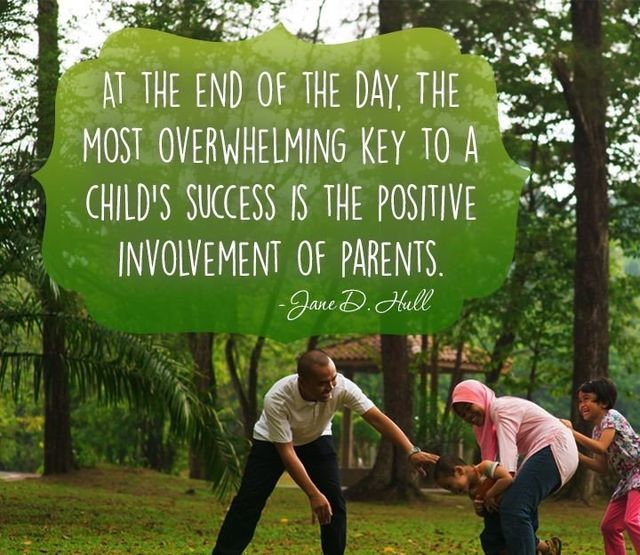
Frequently Asked Questions (FAQs)
1) WHAT IS OT?
Occupational Therapists, called OT's, are allied health professionals that provide intervention to support their client's participation in the activities that occupy their time (aka occupations). Something unique about OT's is that we are holistic practitioners. This means that we consider the whole person and the physical, mental & emotional factors that affect their performance. Most branches of therapy, such as physical therapy or counseling, focus on one area only.
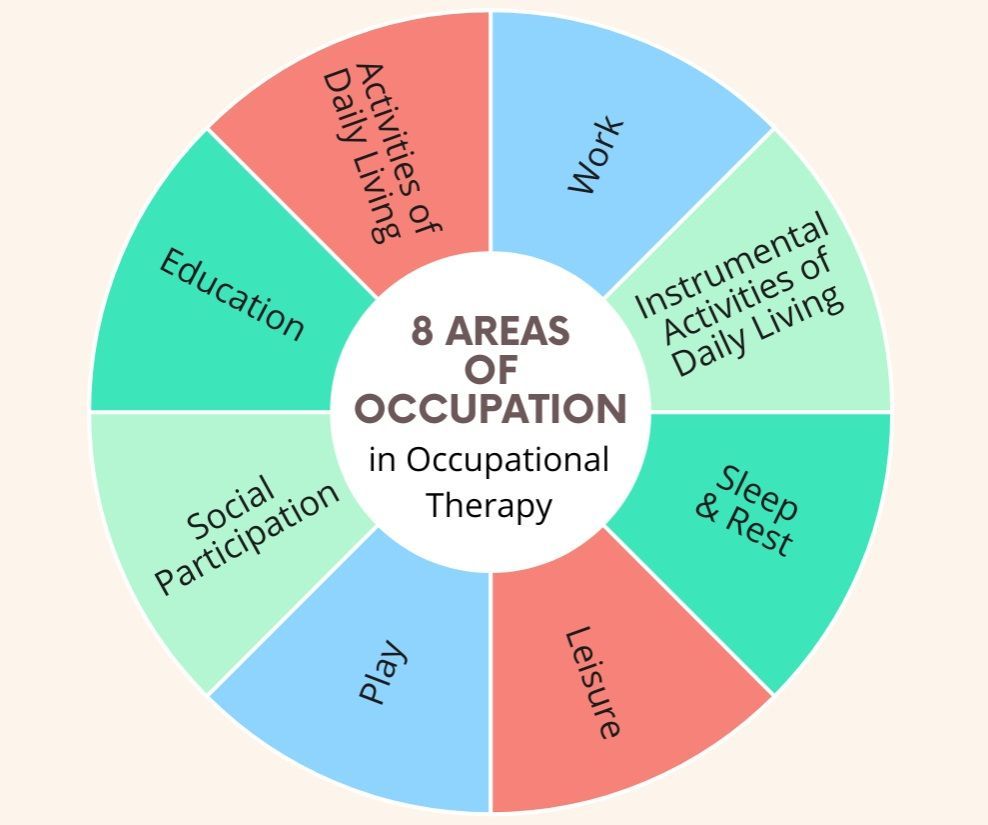
2) ISN'T IT "JUST" PLAYING?
Play-based therapists are providing skilled therapeutic intervention. However, if they are skilled at it, it will look like and should feel like "just" playing to the child. It is important to note that play is not a break from learning, but rather, it IS learning. In fact, the most important learning in childhood occurs via play. It helps to build the brain's architecture through the formation of neuronal connections which results in development of crucial language, physical, social emotional, and cognitive skills.
Jenny's play-based, developmental, relationship-based approach allows the child to develop as closely as possible to any other neurotypical child while still receiving enough support to feel successful. By respecting the child's interests & preferences it allows her to build rapport with them. By creating a fun, safe, and supportive environment, Jenny provides an opportunity to try new things and to practice difficult things that they might otherwise avoid. During these interactions, she uses therapeutic techniques to challenge the child and promote their development. One example of this is called playful obstruction, which can involve her pretending not to know how to do something or knocking something down "by accident". These techniques encourage the child to communicate, it provides them with a challenge to overcome, and it promotes thinking, problem solving & persistence.
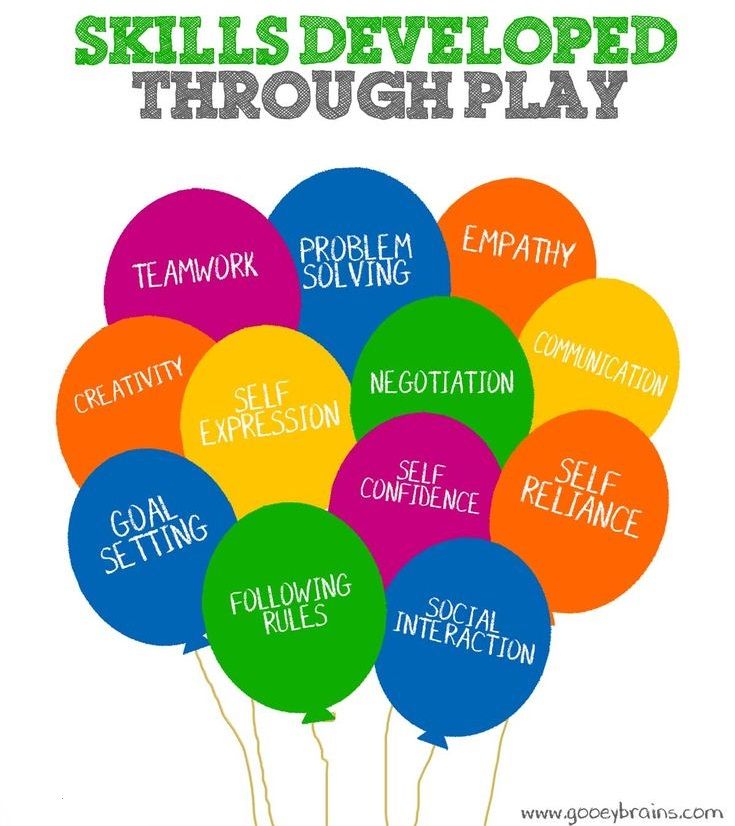
3) WHAT IS NEURODIVERSITY AND WHY IS IT IMPORTANT?
Neurodiversity refers to the idea that neurological differences reflect normal variations in brain development. Conditions often associated with neurodivergence include, but are not limited to: ADHD, Autism, Anxiety, OCD, Learning Disabilities & Down Syndrome. The neurodiversity paradigm suggests that these differences should be respected, understood, and supported, rather than pathologized or viewed as disordered. This is a shift from the traditional medical model of disability where historically treatment approaches that were aimed at making people appear & behave more "neurotypical".
Embracing neurodiversity is important because it:
- REDUCES the stigma around learning and thinking differences
- PROVIDES neurodivergent people a community and a sense of belonging
- INCREASES acceptance of neurodivergent people by their peers & their caregivers
- PROMOTES accessible supports and accommodations in all environments
There has been some criticism of this paradigm, particularly from parents of autistic children with high support needs. They have expressed that portraying autism as a difference, rather than a disorder, minimizes the significant difficulties that many autistic individuals and their caretakers face daily. This is an important point to consider and a reminder that not everyone will experience neurodivergence the same way.

4) DO YOU WORK WITH CHILDREN WITH BEHAVIORAL CHALLENGES?
Yes. Many of the children that Jenny works with struggle with frequent tantrums and/or meltdowns due to sensory processing differences and emotional dysregulation. OT's training in sensory processing can be very beneficial in addressing this. For younger children, she focuses on developing co-regulation with caregivers, identifying the child's sensory differences & preferences, and beginning to identify a few simple emotions. For older children, she focuses on self-regulation by developing a more complex understanding of emotions, stressors & sensory differences and how they all affect an individual's ability to achieve and maintain optimal regulation.
That being said, there are some unique situations where a child's behavioral needs require more support than we can offer. This is determined on a case by case basis but examples include: continuous self injurious behavior, significant physical or verbal aggression, and/or inappropriate sexual behavior. In these cases, the child should be under the care of a multidisciplinary team that includes a psychiatrist and specifically-trained mental health professionals.
5) HOW IS A DEVELOPMENTAL APPROACH DIFFERENT THAN A BEHAVIORAL APPROACH?
Behavioral therapy, such as ABA, is commonly recommended by pediatricians and neurologists especially for autistic children. Some OT's have adopted a behavioral approach but Jenny uses a play-based, developmental, relationship-based approach. Developmental, relationship-based approaches focus on enhancing relationships between caregivers (i.e. parents, therapists, teachers) and children in ways that support the child’s movement through typical levels of development.
There are many differences between a behavioral and a developmental approach, the main one being that they are derived from different theoretical models. A developmental approach is derived from developmental psychology in which the aim is to understand the behavioral, emotional, physical, and cognitive growth and changes that occur throughout the lifespan. It investigates biological, genetic, neurological, psychosocial, cultural, and environmental factors (such as sensory processing, family history, mood, personality, attunement, executive function, motor skills, language, equity & trauma) and the effect of these factors on human development. Many of these factors are not outwardly observable, however; it is believed that they are vital to understanding an individual's motivation, strengths, and weaknesses and that they must be considered to facilitate positive development and support children in reaching their fullest potential (www.verywellmind.com/developmental-psychology-4157180).
ABA, is derived from behaviorism (also referred to as behavioral learning theory). In this theoretical model, it is believed that individuals acquire all behaviors through their interactions with the environment and that all actions are shaped by external stimuli, not internal stimuli which include things like thoughts, emotions, and personality. Many behaviorists argue that it is not possible to objectively observe an individual's thoughts & feelings and therefore these internal events should be explained through behavioral terms instead (i.e. avoidance, access, attention) and the focus should be on developing a plan to increase desirable behaviors and decrease undesirable behaviors through the use of contingencies (i.e. reinforcement, punishment). (www.verywellmind.com/behavioral-psychology-4157183).
We have many clients who do both OT & ABA, as well as speech. We have no problem with this as long as it is understood that they are different types of therapy with their own unique perspective and because of this they will not look the same, nor should they.
**Disclaimer: It is important to remember that while we are the experts in our respective fields, you as parents, are the expert in your own child. It is imperative that you do your own research so that you can make an informed decision and select the approaches & providers that are going to be the best fit for your loved one.
Media
